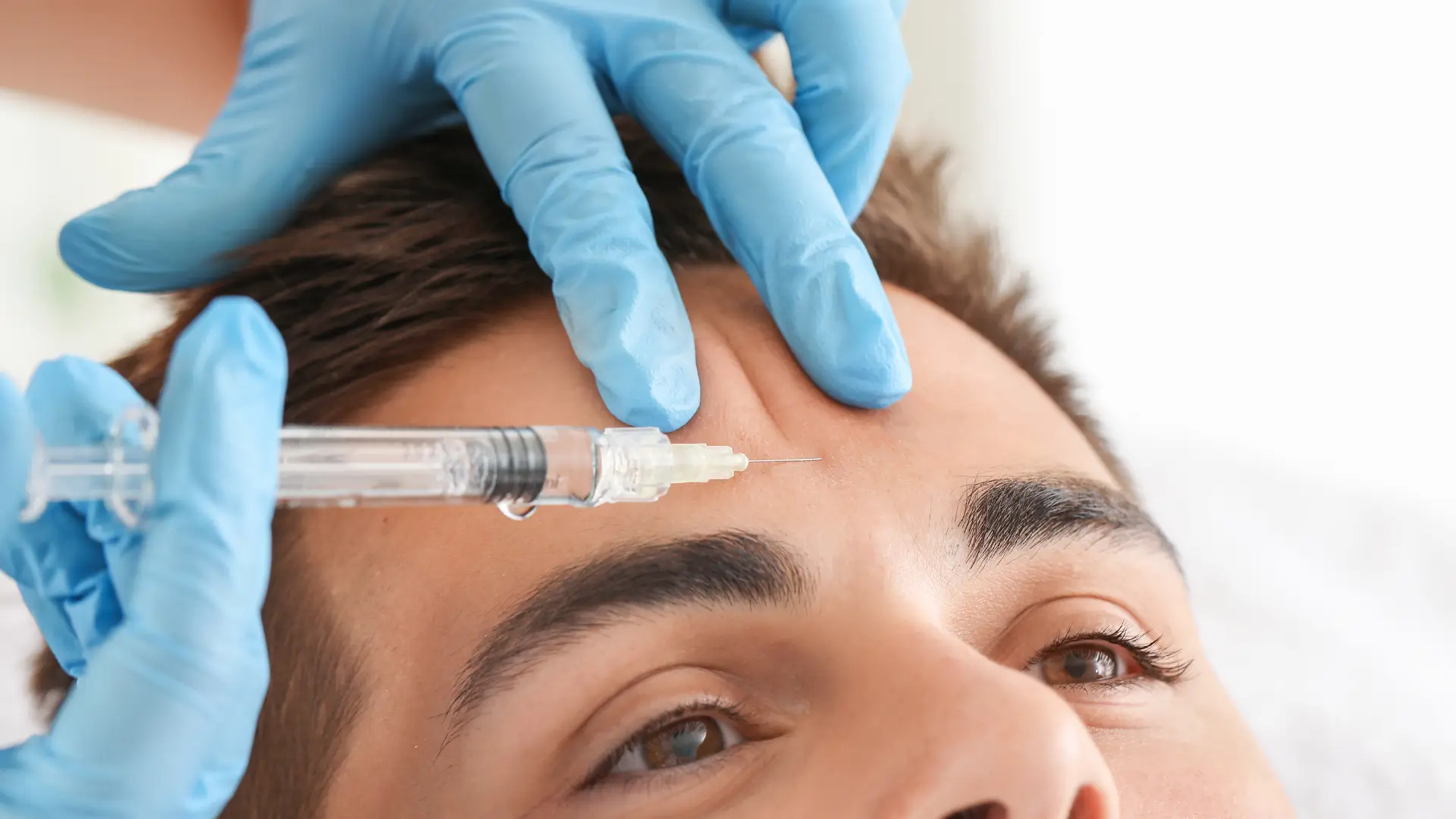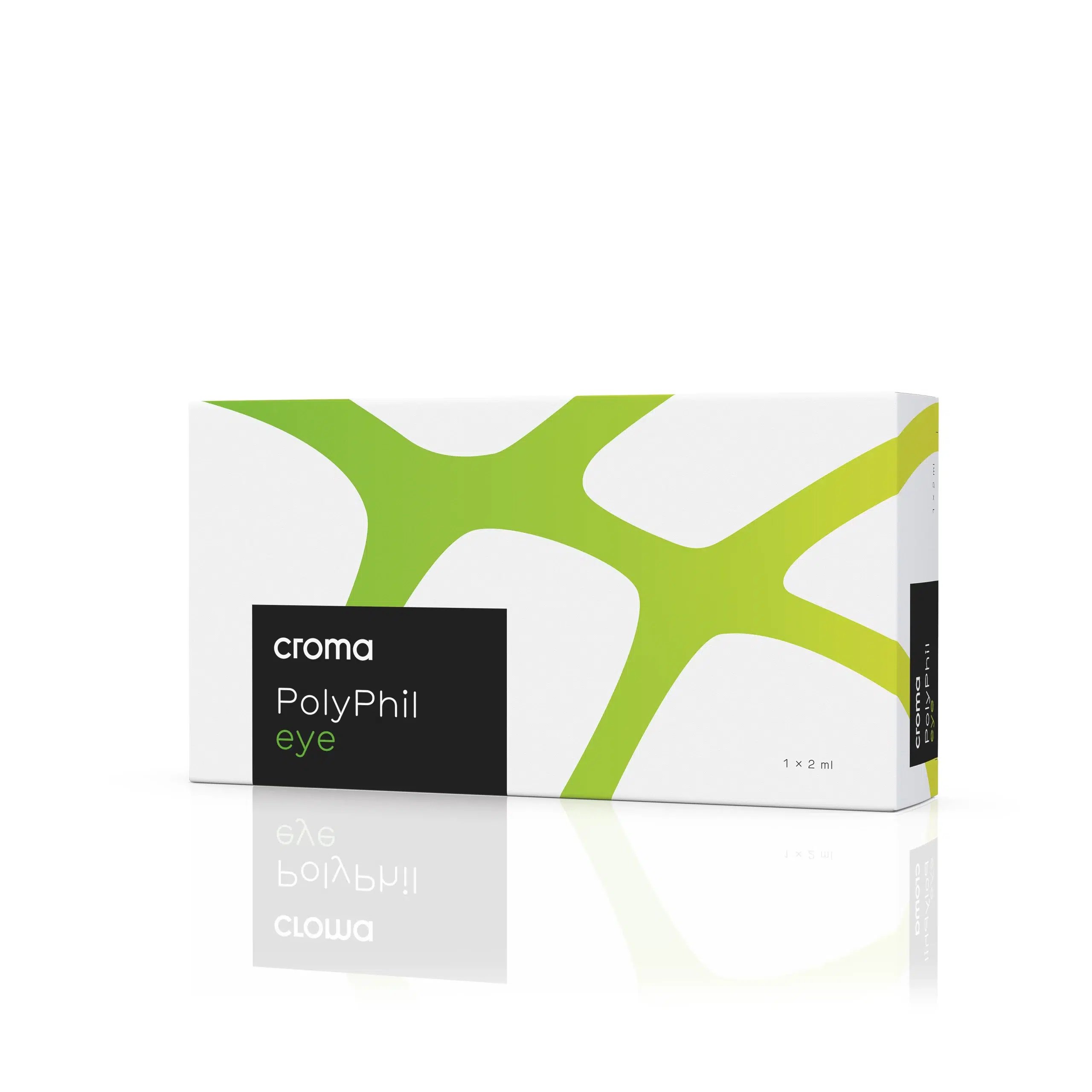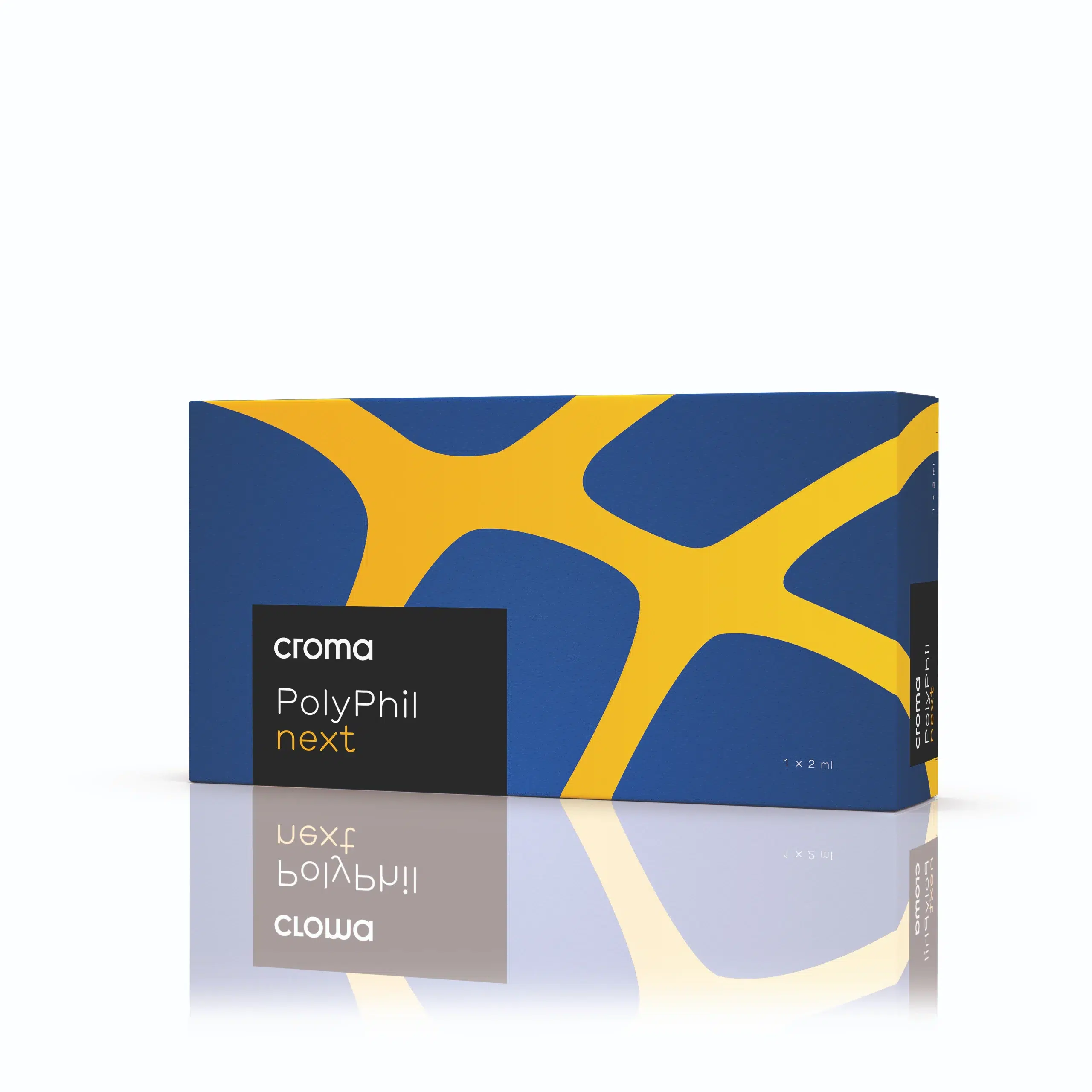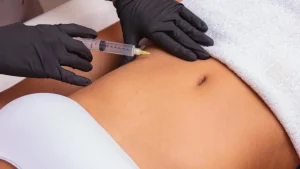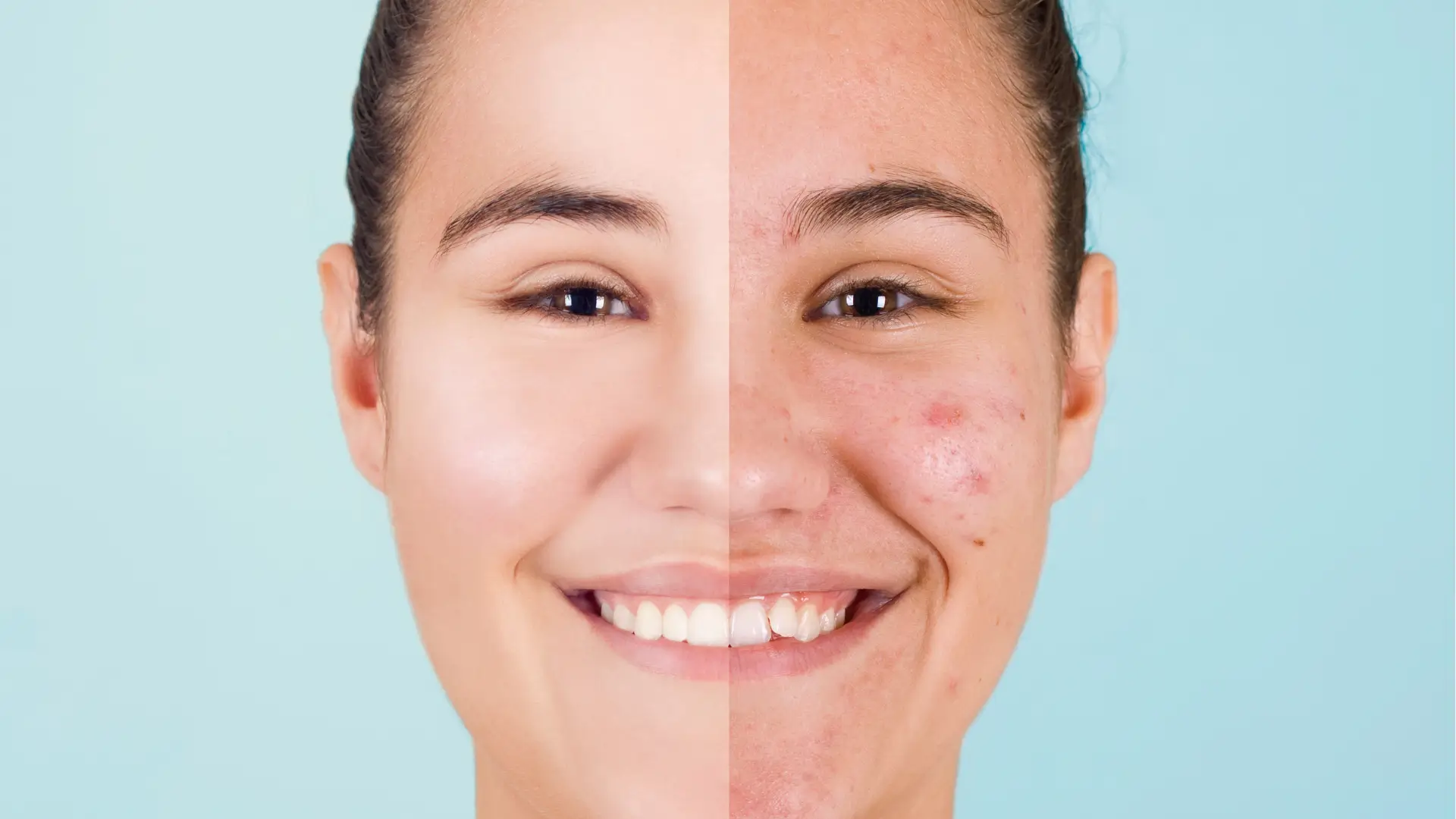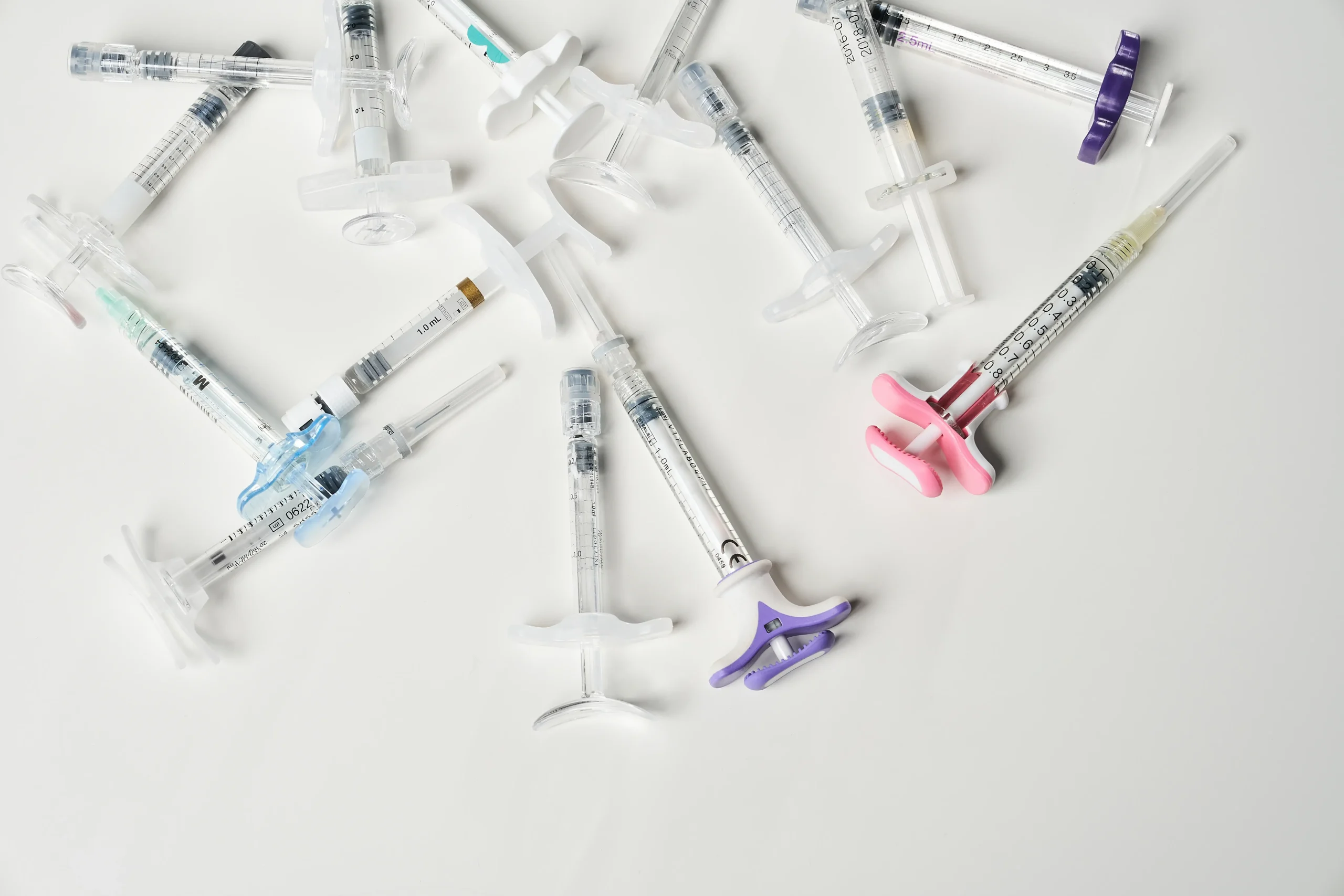Polynucleotide injections have rapidly gained popularity in the field of aesthetic medicine, offering patients a non-surgical alternative for improving skin hydration, elasticity, and overall dermal health. Clinical studies have demonstrated significant improvements in skin tone, texture, firmness, and hydration, making these treatments a valuable tool in the pursuit of youthful, glowing skin.
As the demand for minimally invasive aesthetic procedures continues to rise, polynucleotide-based treatments are emerging as a top choice for individuals seeking subtle yet effective rejuvenation. Products like PhilArt and Plinest harness the power of these treatments, each offering unique formulations that promote natural skin regeneration.
In this article, we will explore the key pros and cons of PhilArt vs Plinest, comparing their advantages, limitations, and potential outcomes to help practitioners and patients choose the best option for their aesthetic goals.
Key Takeaways
- PhilArt and Plinest are polynucleotide-based injectable treatments that promote skin regeneration, hydration, and elasticity.
- PhilArt uses long-chain polynucleotides derived from European freshwater fish, making it ideal for mild skin concerns and early signs of aging. It enhances skin hydration and texture gradually over several sessions.
- Plinest, using trout DNA polynucleotides, offers deeper tissue stimulation, making it suitable for more mature skin and advanced aging signs. It provides more immediate results with a focus on collagen synthesis and skin firmness.
- Both products share biocompatibility and safety, but their formulations and protocols differ. PhilArt generally requires 3-4 sessions, while Plinest requires 3 sessions spaced 2–3 weeks apart.
- Clinical outcomes vary: PhilArt delivers gradual improvements in hydration and skin elasticity, while Plinest provides quicker visible results in targeted areas like the cheeks.
- Patient satisfaction with both treatments is high, with many patients showcasing their before-and-after results, highlighting the effectiveness of both options.
- Choosing between PhilArt vs. Plinest depends on individual skin concerns, desired results, and treatment goals. A consultation with a qualified professional will help determine the most suitable product.
About: Medica Depot is your trusted all-in-one supplier, offering a range of high-quality medical injectables and supplies. Buy Croma PhilArt Fillers wholesale at Medica Depot today! Whether for health professionals, plastic surgeons, dermatologists, licensed estheticians, or other specialists, we can offer genuine, brand-name products you may need. With Medica Depot, we prioritize serving you better to improve the patient’s quality of life.
Shared Features of PhilArt and Plinest Polynucleotides
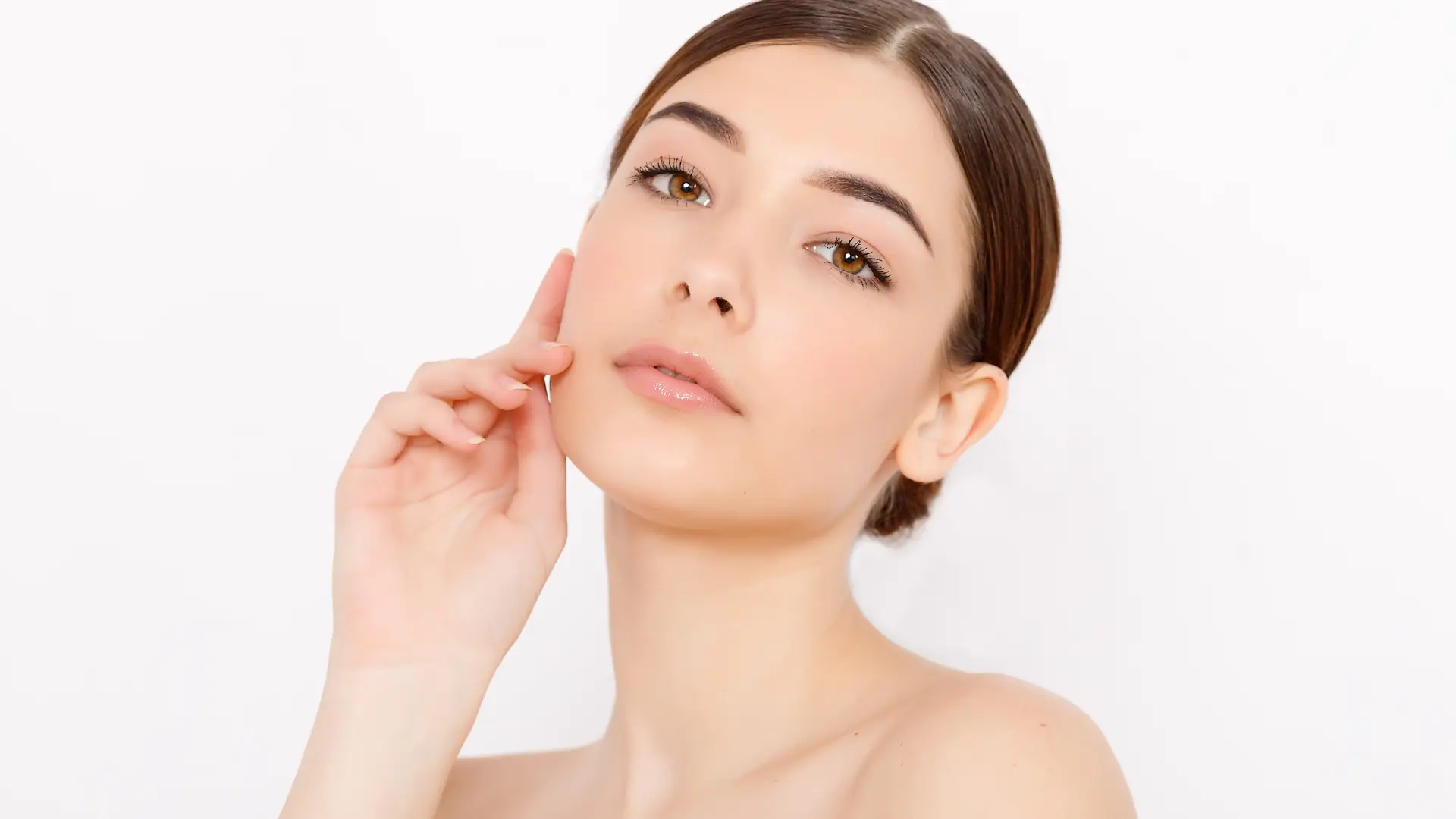
Polynucleotide-based aesthetic treatments are gaining significant attention due to their impressive outcomes in skin rejuvenation. PhilArt and Plinest leverage highly purified polynucleotides to stimulate cellular regeneration, enhance hydration, and boost collagen and elastin synthesis, improving skin quality.
Both treatments share a similar mechanism of action that focuses on fibroblast activation and restoring the extracellular matrix, making them effective for aesthetic and dermatological applications. Here are some of the key benefits these treatments provide:
- Cellular Regeneration and Hydration: The stimulation of fibroblasts helps strengthen the skin’s structural integrity, improving its elasticity and texture. This also creates an optimal environment for cellular repair and overall skin rejuvenation.
- Antioxidant and Anti-Inflammatory Benefits: Both products offer powerful antioxidant effects, neutralizing free radicals, reducing oxidative stress, and helping protect skin cells from daily environmental damage.
- Biocompatibility and Safety: Thanks to their advanced purification processes, both PhilArt products and Plinest are highly biocompatible, minimizing the risk of adverse effects while ensuring safe use for patients.
Differences in Composition, Protocol, and Formulation
Although both PhilArt and Plinest use polynucleotides to promote skin regeneration, their composition, protocols, and formulations differ, influencing clinical outcomes and helping clinicians select the most suitable treatment for each patient.
- Composition: PhilArt uses long-chain polynucleotides extracted from European freshwater fish via PN-HPT® technology, ensuring exceptional purity while preserving biological activity. Plinest, in contrast, utilizes polynucleotides derived from trout DNA, designed to provide more intense stimulation for deeper tissue repair.
- Protocol: PhilArt typically follows a treatment regimen of three to four sessions, spaced about two weeks apart. Plinest, on the other hand, is generally administered in three sessions, scheduled two to three weeks apart.
- Formulation: The origins of their polynucleotides affect each product’s formulation, including viscosity and concentration. These variations influence the depth of injection and long-term results.
Understanding these differences ensures that aesthetic professionals can customize treatments to match patient needs, goals, and expectations.
Clinical Outcomes and Patient Feedback: PhilArt vs Plinest
Both PhilArt and Plinest have been associated with high patient satisfaction. However, they differ in the speed of visible results and the depth of tissue stimulation required for optimal outcomes.
- PhilArt gradually improves hydration, fine lines, and skin elasticity over several sessions, making it ideal for individuals seeking subtle rejuvenation with surface-level improvements.
- Plinest provides deeper dermal remodeling, with more immediate results due to its stronger tissue stimulation. Patients often see visible improvements more quickly, particularly in the cheeks, where the formulation is designed to work.
In addition to these results, many patients have shared their before-and-after photos of their PhilArt and Plinest treatments, showcasing the impressive transformations and highlighting the effectiveness of these polynucleotide-based injections.
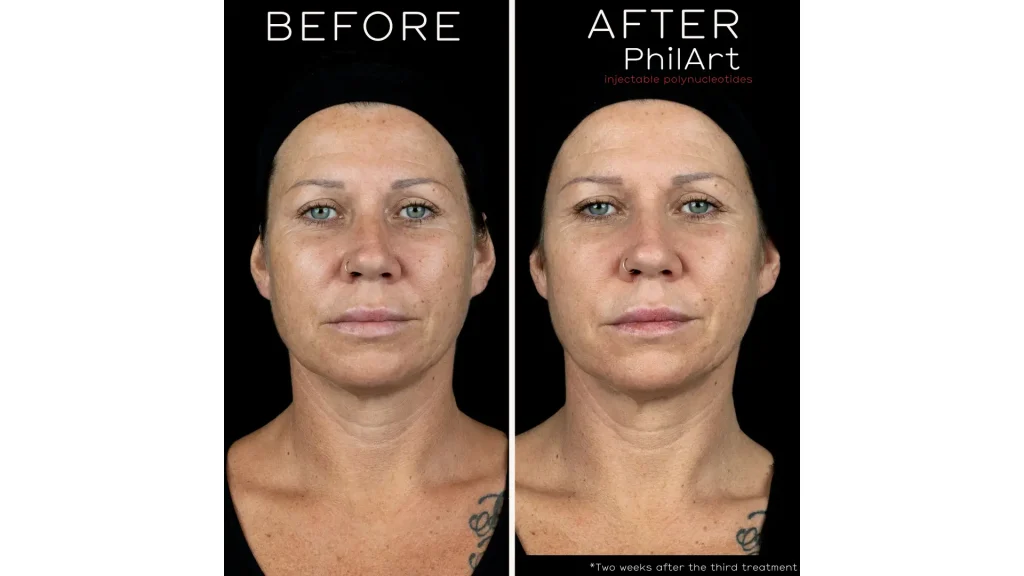
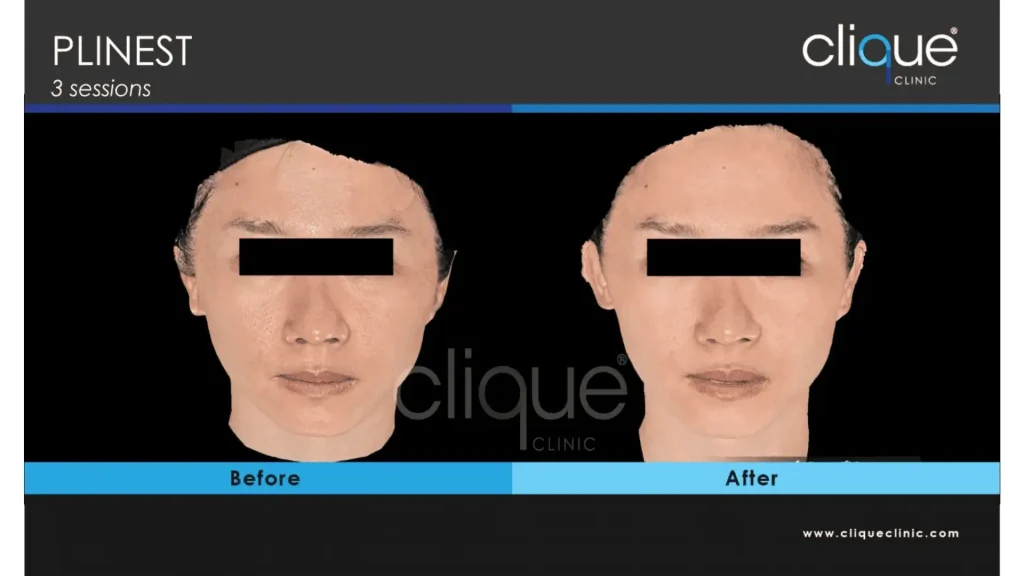
When to Use PhilArt vs When to Use Plinest
PhilArt and Plinest cater to different patient needs, depending on age, skin condition, and desired outcomes:
- PhilArt Use: Best for patients with early signs of aging or mild skin concerns. Its gentle formulation boosts hydration and skin texture, offering gradual improvement in skin glow and elasticity.
- Plinest Use: Ideal for individuals with more advanced signs of aging or mature skin. It offers deep tissue stimulation, enhancing collagen synthesis and restoring skin firmness, making it better suited for patients needing structural support.
Aesthetic professionals can determine which product will benefit their clients most by evaluating the patient’s specific needs and treatment goals.
Conclusion
PhilArt and Plinest both offer advanced solutions for skin enhancement, with their use of polynucleotides promoting collagen production and skin rejuvenation. While PhilArt excels in improving hydration and elasticity with gradual results, Plinest provides deeper, more immediate effects, making it ideal for more mature skin and targeted rejuvenation.
Understanding the differences in composition, protocols, and indications allows aesthetic professionals to tailor treatments to their patients’ specific needs. Both treatments provide safe, non-invasive options to improve skin quality, and ongoing patient consultations ensure that each patient’s goals are met effectively.
FAQs
1. What are the primary functions of PhilArt and Plinest?
Both PhilArt and Plinest are polynucleotide treatments that enhance skin hydration, elasticity, and overall dermal health by stimulating fibroblast activity.
2. How do the treatment protocols for PhilArt and Plinest differ?
PhilArt typically requires three to four sessions spaced two weeks apart, while Plinest is administered in three sessions scheduled every two to three weeks.
3. What results can patients expect from these treatments?
PhilArt offers gradual skin hydration and elasticity improvements, whereas Plinest provides more immediate, noticeable changes due to deeper tissue stimulation.
References
- Ahmadi M. The PMFA Journal. The PMFA Journal. Published March 26, 2024. https://www.thepmfajournal.com/features/features/post/the-efficacy-of-polynucleotide-injections-in-aesthetic-medicine-a-review
- Croma-Pharma: Further Strengthening Its Portfolio with PhilArt Biostimulators. croma Accessed May 26, 2025. https://www.cromapharma.com/assets/downloads/croma-pharma-further-strengthening-its-portfolio-with-biostimulators/2303-PhilArt-Business-EN-FNL.pdf
